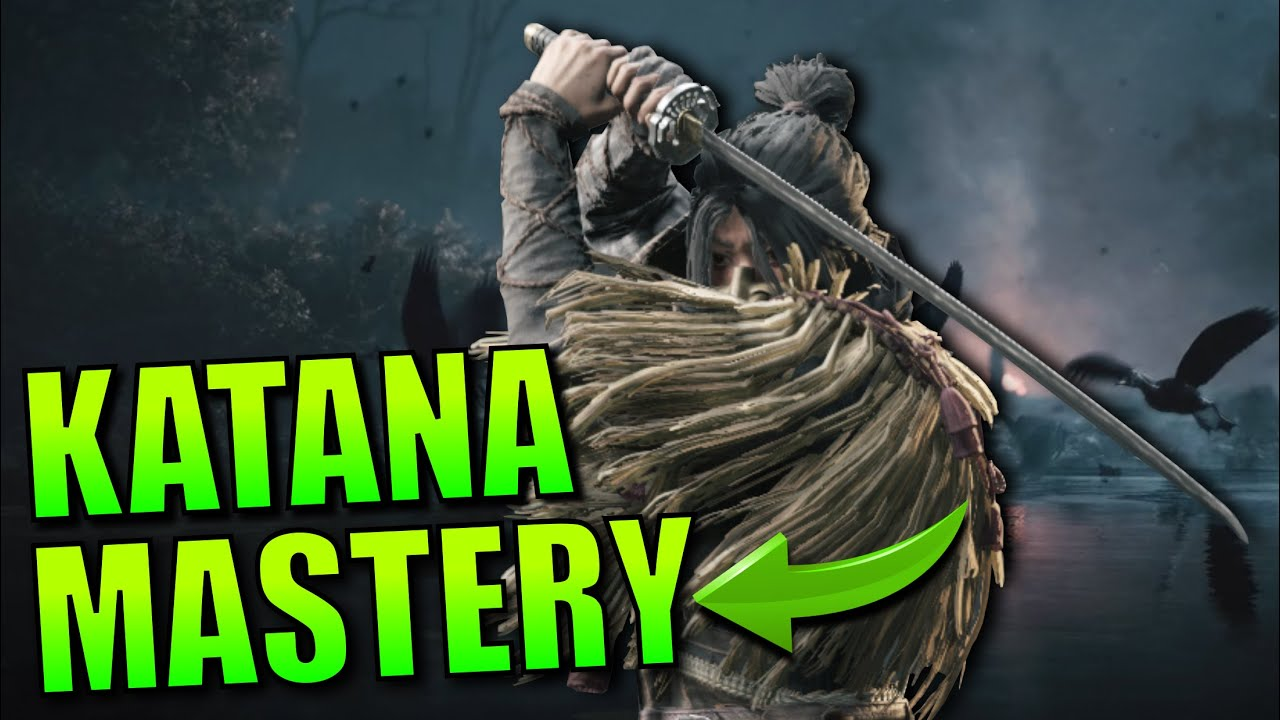
Katana Mastery: Understanding the Techniques and Training of Samurai Swordsmanship
The katana, a symbol of honor, skill, and tradition, holds a revered place in Japanese culture and history. For centuries, samurai warriors honed their skills with this iconic sword, mastering techniques that are as elegant as they are deadly. In this article, we’ll delve into the world of katana mastery, exploring the techniques, training methods, and philosophies that define the art of samurai swordsmanship.
The Essence of Katana Mastery:
At its core, katana mastery is about more than just physical prowess; it embodies a deep understanding of discipline, focus, and respect for the sword. Samurai warriors devoted their lives to the study of kenjutsu, the art of the sword, striving to achieve mastery over their weapons and themselves. Through rigorous training and spiritual discipline, they sought to embody the principles of bushido – the way of the warrior – and uphold the code of honor and integrity that defined their existence.
Fundamentals of Katana Techniques:
Central to katana mastery are the fundamental techniques that form the foundation of samurai swords manship. These techniques include basic strikes, blocks, and footwork, as well as more advanced maneuvers such as parries, counters, and feints. Each technique is meticulously practiced and refined, with an emphasis on precision, speed, and fluidity of movement. By mastering the fundamentals, samurai warriors were able to execute devastatingly effective attacks while maintaining a strong defense against their opponents.
The Importance of Kihon and Kata:
In traditional Japanese martial arts, including kenjutsu, kihon (basic techniques) and kata (forms) are essential components of training. Kihon exercises focus on mastering the fundamental movements and principles of swordsmanship, while kata are pre-arranged sequences of techniques designed to simulate combat scenarios. Through repetitive practice of kihon and kata, students develop muscle memory, timing, and coordination, allowing them to execute techniques with precision and efficiency in real-world situations.
The Role of Mindfulness and Meditation:
In addition to physical training, katana mastery also involves mental conditioning and spiritual development. Samurai warriors practiced zazen (seated meditation) using samurai swords and mindfulness exercises to cultivate a calm and focused mind, free from distraction and emotional turbulence. By achieving a state of mushin (mindlessness) – where the mind is clear, alert, and present – they were able to react instinctively and decisively in the heat of battle, without hesitation or doubt.
The Path to Mastery:
Achieving mastery in katana requires dedication, perseverance, and a lifelong commitment to continuous improvement. Samurai warriors underwent years of rigorous training under the guidance of skilled instructors, often enduring physical hardship and personal sacrifice along the way. Yet, it was through this arduous journey that they forged not only their sword skills but also their character and spirit, embodying the virtues of courage, loyalty, and honor that defined the samurai ethos.
Modern Applications and Adaptations:
While the age of the samurai may have passed, the legacy of katana mastery lives on in modern martial arts and self-defense disciplines. Schools of Japanese swordsmanship, such as kendo and iaido, preserve and perpetuate the traditions of samurai swordsmanship, offering practitioners the opportunity to study and master the art of the katana in a contemporary context. Additionally, the principles of katana mastery – discipline, focus, and self-control – are applicable to a wide range of endeavors, from business and leadership to personal development and spiritual growth.
Conclusion:
Katana mastery is more than just a martial art; it’s a way of life – a philosophy that transcends the physical realm and touches the essence of the human spirit. Through disciplined training, unwavering dedication, and a deep reverence for the sword, samurai warriors achieved a level of skill and mastery that continues to inspire awe and admiration to this day. By understanding the techniques and training methods of katana mastery, we gain insight into the timeless wisdom and enduring legacy of the samurai tradition.



